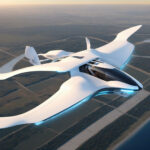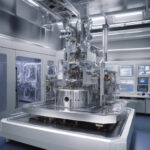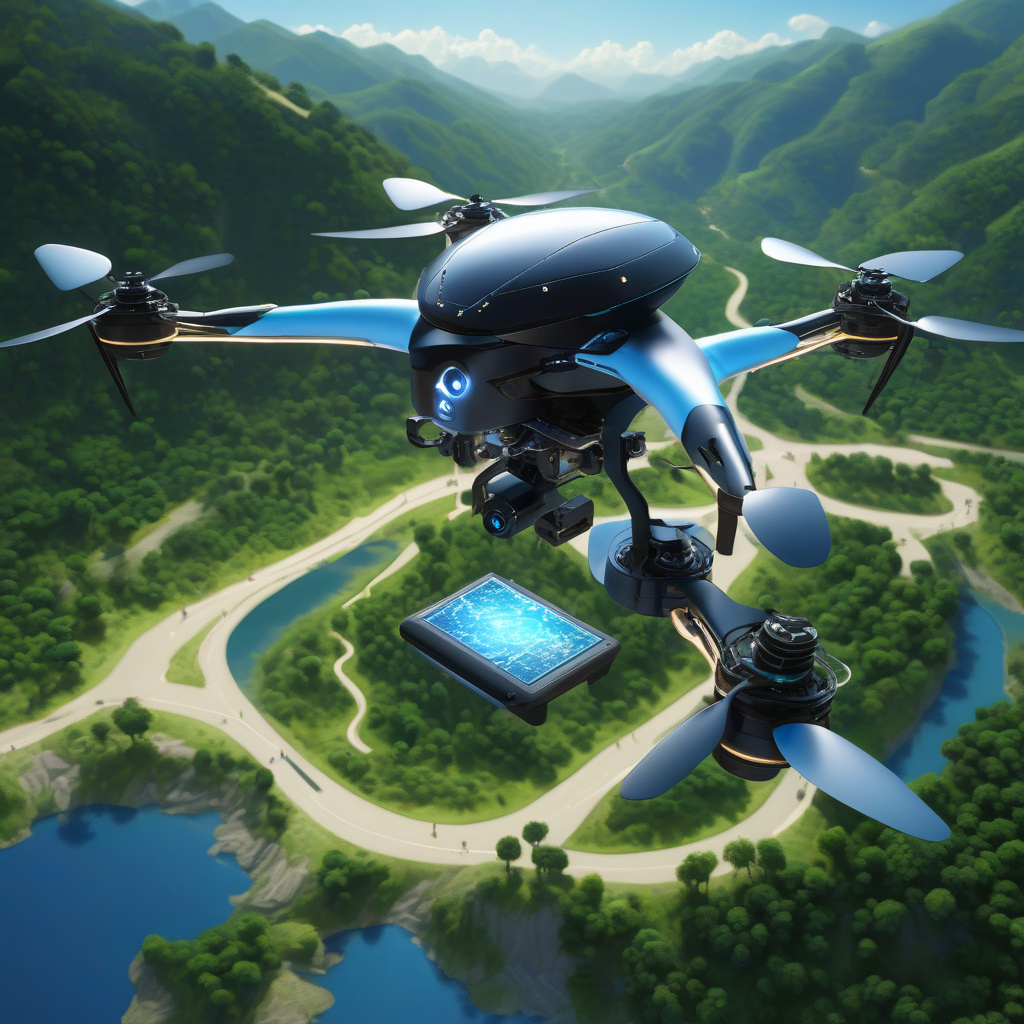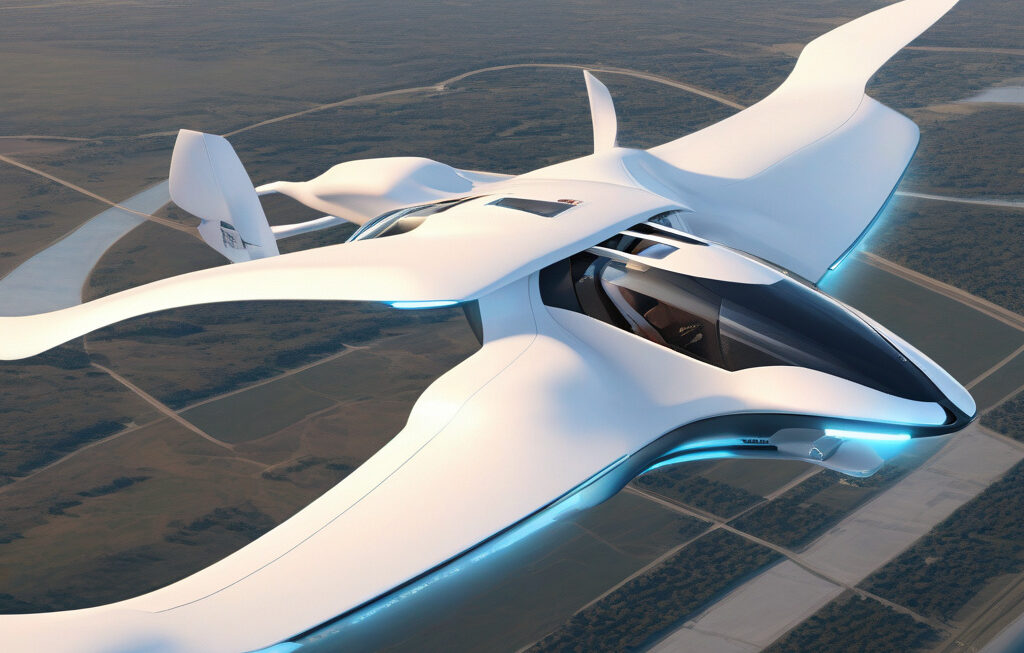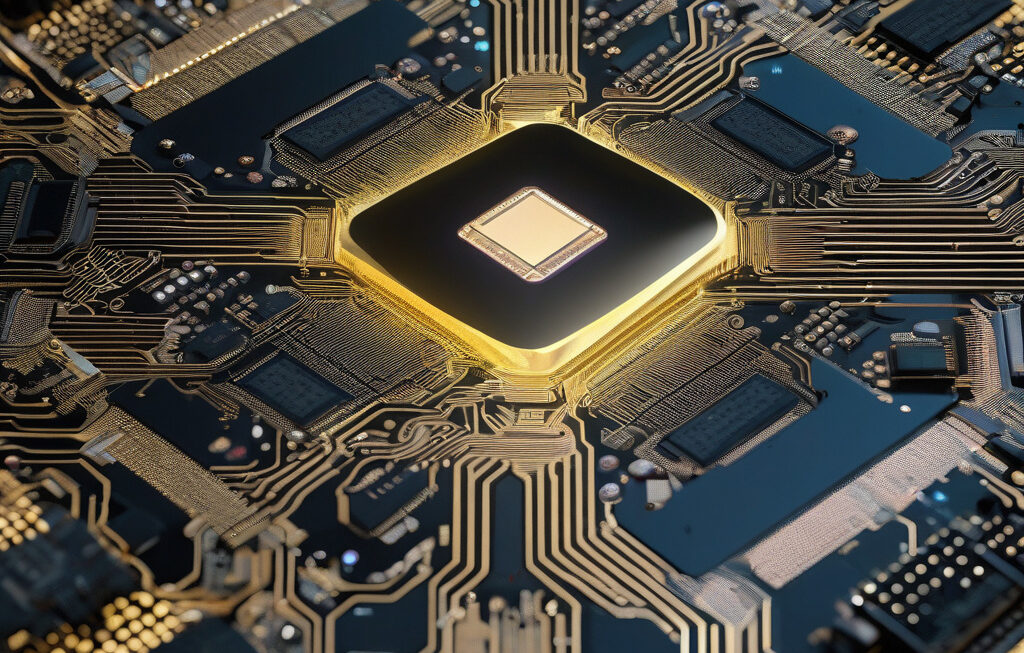New Chinese Plasma Excitation Technology Boosts Drone Efficiency by 88%
Defense scientists in China have discovered a way to make high-altitude drones more efficient using cutting-edge plasma excitation technology. This groundbreaking innovation has the potential to revolutionize the drone industry, offering significant improvements in flight performance and energy consumption.
The new technology involves the use of plasma actuators to enhance the aerodynamic characteristics of drones, particularly at high altitudes where air density is low. By applying high-voltage electrical discharges to the air surrounding the drone’s wings, researchers have been able to control airflow more effectively, reducing drag and increasing lift.
One of the key benefits of this technology is its impact on drone efficiency. By optimizing aerodynamic performance, drones equipped with plasma excitation technology can achieve an 88% increase in overall efficiency compared to conventional models. This means longer flight times, extended operational ranges, and improved mission capabilities for military and commercial applications.
In addition to efficiency gains, the use of plasma excitation technology offers other advantages for high-altitude drones. By reducing drag, the technology enables drones to fly faster and more quietly, making them less detectable and more agile in challenging environments. This could have significant implications for surveillance, reconnaissance, and search-and-rescue missions.
Moreover, the application of plasma actuators is a testament to the continuous innovation taking place in the drone industry. As technology evolves, so too do the capabilities of unmanned aerial vehicles, opening up new possibilities for their use in various sectors. The integration of advanced technologies like plasma excitation highlights the potential for drones to become even more versatile and efficient in the future.
While the development of this technology is still in its early stages, the initial results are promising. Researchers in China are continuing to refine the technology and explore its full potential for enhancing drone performance. As advancements in plasma excitation technology progress, we can expect to see further improvements in drone efficiency, range, and versatility.
In conclusion, the emergence of Chinese plasma excitation technology represents a significant step forward in the evolution of high-altitude drones. By harnessing the power of plasma actuators to optimize aerodynamic performance, researchers have unlocked new possibilities for improving drone efficiency and capabilities. As this technology continues to develop, the future looks bright for the drone industry, with exciting prospects for enhanced flight performance and mission success.
efficiency, plasma excitation, drone technology, aerodynamics, innovation


